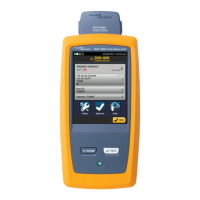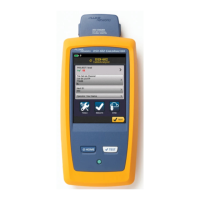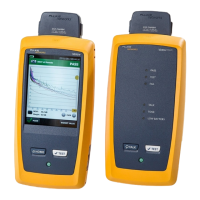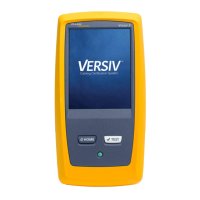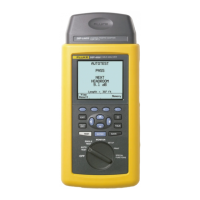26 Reflow Temperature Profiles REFLOW TRACKER
1. Open the thermal barrier. Placing it on a cold surface will increase its rate of
cooling. (An additional thermal barrier should be purchased if insufficient
time is available to allow it to cool between test runs.)
2. If data acquisition has to be stopped manually, press and hold the logger’s
red stop button until the red and green logger-status LEDs both flash once.
A red logger-status LED flashing every 5 seconds indicates data stored in the
logger but not yet downloaded to the PC.
3. Download the data from the logger to the PC using the Insight software.
For the procedures involved, see your dedicated logger User Manual or the
Insight Help system (under Contents, select Menu > Logger > Download).
Analysis of Reflow Temperature Profiles
For details of the many analyses that can be performed on your profiles, see
Insight’s Help system (under Contents, select Data Analysis).
These notes are not a comprehensive guide to the importance of temperature
profiles in the reflow soldering process, but are intended to highlight possible
faults associated with a poor profile shape. See p. 21 for other sources of
guidance on the use of temperature profiles.
Profile Types
The two common profile shapes used in reflow soldering are the Ramp Soak
Spike (RSS) and the Ramp To Spike (RTS, or tent profile). The RSS was
developed when oven performance was such that a long dwell time was
required to enable components of differing thermal mass to achieve the same
temperature before the spike up to reflow temperature. With improvements in
oven performance it has been possible to use a constant ramp up in
temperature to the reflow temperature; this RTS profile is generally much
easier to set up on the oven and avoids the double thermal shock to which
small components can be subjected when using the RSS profile.
However, the use of lead-free solders requires higher soldering temperatures,
and this – combined with the very wide range in thermal mass of modern SMT
components – means that the RSS profile is still often the best solution. If this is
the case, the temperature profile needs to be set up carefully in order to ensure
compliance with both solder-paste specifications and with soldering-related
aspects of component specifications.
